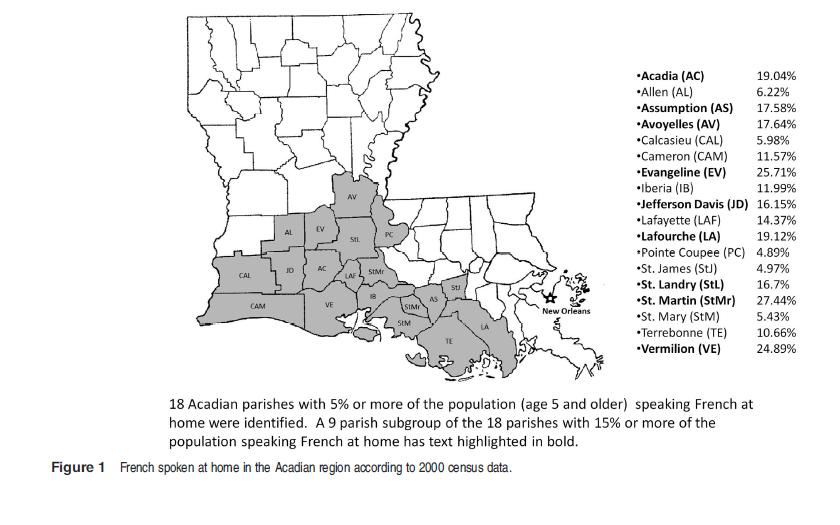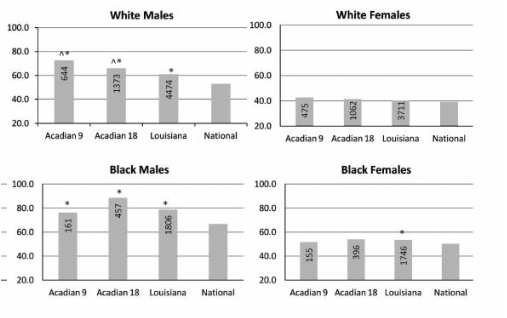This press release reports on this new article, which asserts that kids born to moms who took antibiotics during pregnancy were 84% more likely to turn out obese at age seven. The authors note that previous studies have reported that antibiotics early in life may be associated with later obesity, but that this is the first published claim that maternal antibiotic use in the second or third trimester of pregnancy increases risk of offspring obesity.
The analysis is based on 436 mother-child pairs in which 70 (16%) had antibiotic exposure in the defined gestational age window. Ignore for a moment the obvious concerns about large effect estimates from small samples, and just ask the question: how was it that moms came to be exposed? Few people gobble down antibiotics for fun or because they taste so good, so you'd have to think that maybe these mom's were SICK. Therefore, rather than blaming the antibiotics, might not we blame the reason for taking the antibiotics? Or, maybe it is a marker for being the kind of woman who gets sick a lot. Obesity is a risk factor for many illnesses, so maybe it is just that obese women give birth to kids who are more likely to end up obese, and that any marker for this (e.g. big pants) can look like a cause of kids later becoming obese, but is not a cause, just a marker.
I am starting to sympathize more and more with economists and think that we should not even entertain an epid study unless they have an identification strategy based on some exogenous source of variability. These authors do mention in the obligatory section on study weaknesses that maybe it is the reason for the antibiotic prescription, and not the antibiotics themselves, that are associated with the outcome. But then they brush this aside and the eminently more plausible hypothesis (confounding by indication) is never mentioned in the more sensationalist press release. We are losing all credibility because of studies like this.....
The analysis is based on 436 mother-child pairs in which 70 (16%) had antibiotic exposure in the defined gestational age window. Ignore for a moment the obvious concerns about large effect estimates from small samples, and just ask the question: how was it that moms came to be exposed? Few people gobble down antibiotics for fun or because they taste so good, so you'd have to think that maybe these mom's were SICK. Therefore, rather than blaming the antibiotics, might not we blame the reason for taking the antibiotics? Or, maybe it is a marker for being the kind of woman who gets sick a lot. Obesity is a risk factor for many illnesses, so maybe it is just that obese women give birth to kids who are more likely to end up obese, and that any marker for this (e.g. big pants) can look like a cause of kids later becoming obese, but is not a cause, just a marker.
I am starting to sympathize more and more with economists and think that we should not even entertain an epid study unless they have an identification strategy based on some exogenous source of variability. These authors do mention in the obligatory section on study weaknesses that maybe it is the reason for the antibiotic prescription, and not the antibiotics themselves, that are associated with the outcome. But then they brush this aside and the eminently more plausible hypothesis (confounding by indication) is never mentioned in the more sensationalist press release. We are losing all credibility because of studies like this.....


 RSS Feed
RSS Feed